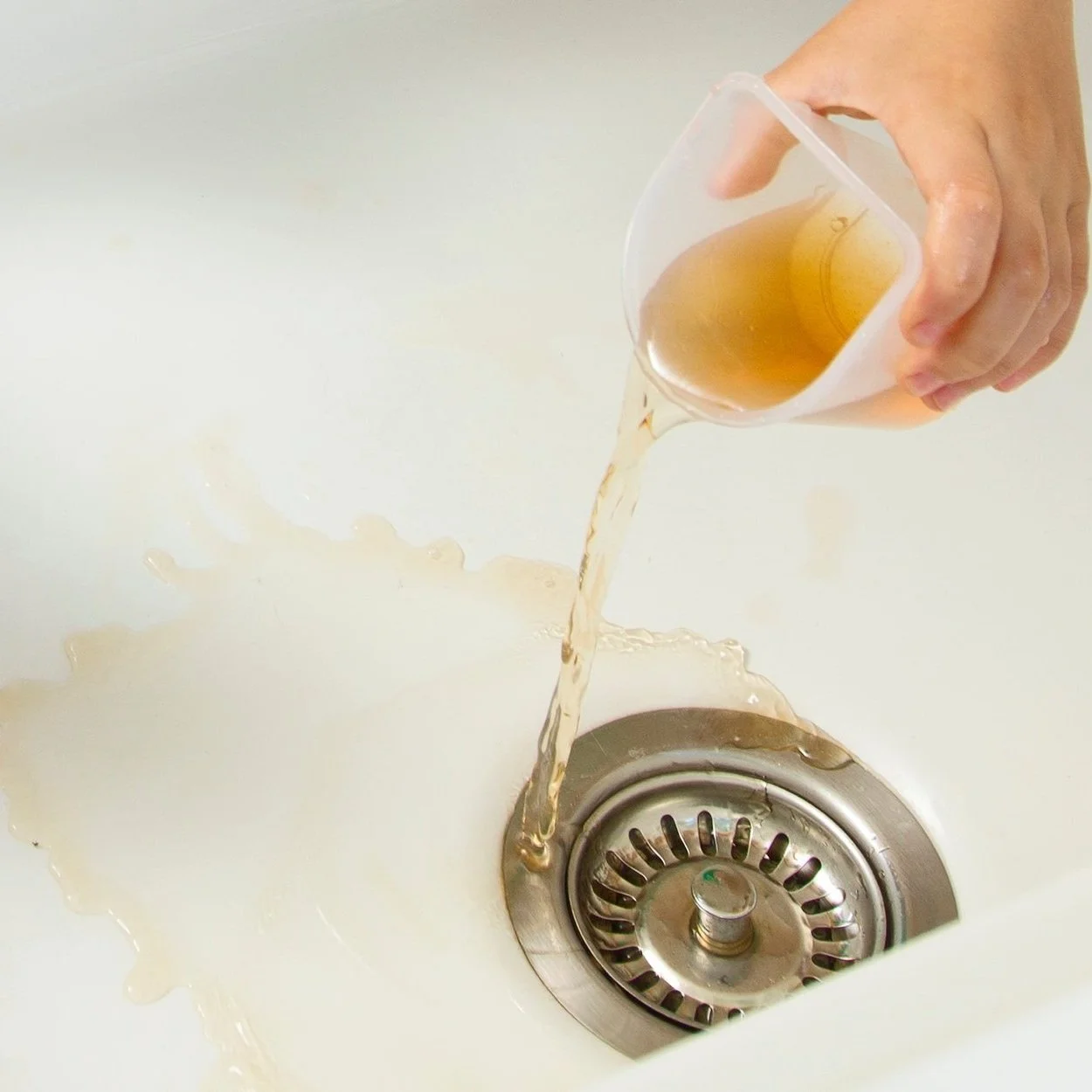What is bokashi tea?
Whether you’re using a bucket with a spigot or a DIY bucket and collecting ‘bokashi tea’ or ‘bokashi juice’ (technically known as leachate), here’s how to make the most of this beneficial by-product.
Bokashi leachate is the liquid that naturally drains off in a bokashi bin. The contents of the bucket will directly impact how much (if any) bokashi leachate accumulates inside a bucket. Draining off your bokashi tea or juice will help sustain the microbial balance and keep your bucket fermenting happily.
Is bokashi tea good for plants?
Bokashi tea, like bokashi composting, will not produce offensive odors.
Since the bokashi process is rooted in anaerobic fermentation, odors that frequently accompany decomposing food are completely avoided.
It might not smell like a field of flowers, but it shouldn’t be offensive.
Regardless of the food waste you put in your bokashi compost system, there’s strong scientific evidence that bokashi tea contains high amounts of phosphorous and potassium (check out this in-depth Swedish study on bokashi leachate).
Bokashi tea must be diluted heavily before use directly on plants, which can make small amounts go much farther.
There is no perfect dilution ratio, but common wisdom advises diluting bokashi tea at least 1:100. That means that 1 tablespoon of bokashi tea requires 50 ounces of water dilution before it can be used in your garden.
Home gardens or small farms can benefit from using bokashi tea because of its rich organic acids, alcohols, nitrates, and other metabolites (Environmental Monitoring and Assessment, 2010).
Bokashi as a drain cleaner?
Fun Fact: Bokashi tea can be poured down drains, providing a boost of beneficial bacteria that has even been shown to be beneficial for pipes and septic tanks. This is thanks to “the complex microbial community” in the bokashi leachate that will happily eat waste while maintaining your drains and reducing odors.
The Bad
Bokashi tea’s impact as a biofertilizer will vary greatly depending on what food waste it was derived from, making it hard to predict a consistent expectation from usage unless your food waste is very predictable and consistent.
Excess sodium is possible, too, which can be toxic to plants in high enough quantities.
And while bokashi tea can be a good source of many nutrients for your home garden, it will be very low in nitrogen. Nitrogen is essential to provide the energy plants require when and where they need it to grow effectively.
This means that bokashi tea is not meant to be used as a complete fertilizer for your plants, whereas adding the bokashi precompost (the fermented biopulp from your bokashi bucket) offers more nutrients for a healthy soil food web.
Learn more about the benefits of using fermented food waste on our post about Oz’s Bokashi Bran.
“The low concentration of inorganic nitrogen in the leachates can be assumed to be due to the denitrification processes taking place during fermentation, as the food waste was kept anaerobically in air-tight containers, thereby promoting denitrifying bacteria” (Swedish University of Agricultural Sciences, Lind, 2014).
Colorado grown. Upcycled.
Make sure your bokashi is as fresh as possible. Our small batch Upcycled Bokashi is ready to go.
Benefits of bokashi tea
Bokashi tea is a garden booster, and offers benefits for your home garden.
This acidic leachate contains organix acids, alcohols, and other metabolites that accumulate as a results of bokashi fermentation (Portland State Univeristy, 2012).
Your soil and plant roots get a boost of beneficial microbes and additional nutrients every time you use bokashi tea in your home garden.
While bokashi tea may not be all-in-one miracle fertilizer, it does work with your soil web to create healthy living soil.
And if you’re hoping to use every last possible byproduct from your bokashi process, experimenting with bokashi leachate could be a great way to build the soil web of your home garden.
How to use bokashi tea:
Use freshly collected bokashi tea within 8 hours of collection from your bucket. If left too long at room temperature and exposed to air, oxygen can cause foul odor.
If your system uses a spigot, drain the leachate every couple of days.
For every 1 tablespoon of bokashi tea from your bucket, you must dilute it and mix with 50 ounces of water.
Remember: dilution is absolutely essential when watering plants using bokashi tea as a biofertilizer. For every 1 part Bokashi tea, use 100 parts water.
Saving up your bokashi tea?
Don’t worry if you can’t use your bokashi tea within 8 hours. Put it in a container that you can seal fully and refrigerate. Reuse a plastic liquids container.
When you’re ready, dilute your saved, refrigerated bokashi tea at the 1:100 ratio within a few days.
Where can I use my bokashi tea?
Remember all those good microbes? Add your bokashi tea anywhere you feel like soil needs a living boost.
Add directly to your compost piles as an accelerant.
Add 1 cup diluted bokashi tea to your watering pail when you water your houseplants.
Add your bokashi tea to your vegetable or flower garden,
Pour it down your drains to introduce and sustain good bacteria and microbes that can help keep drains clear of sludge and waste.





